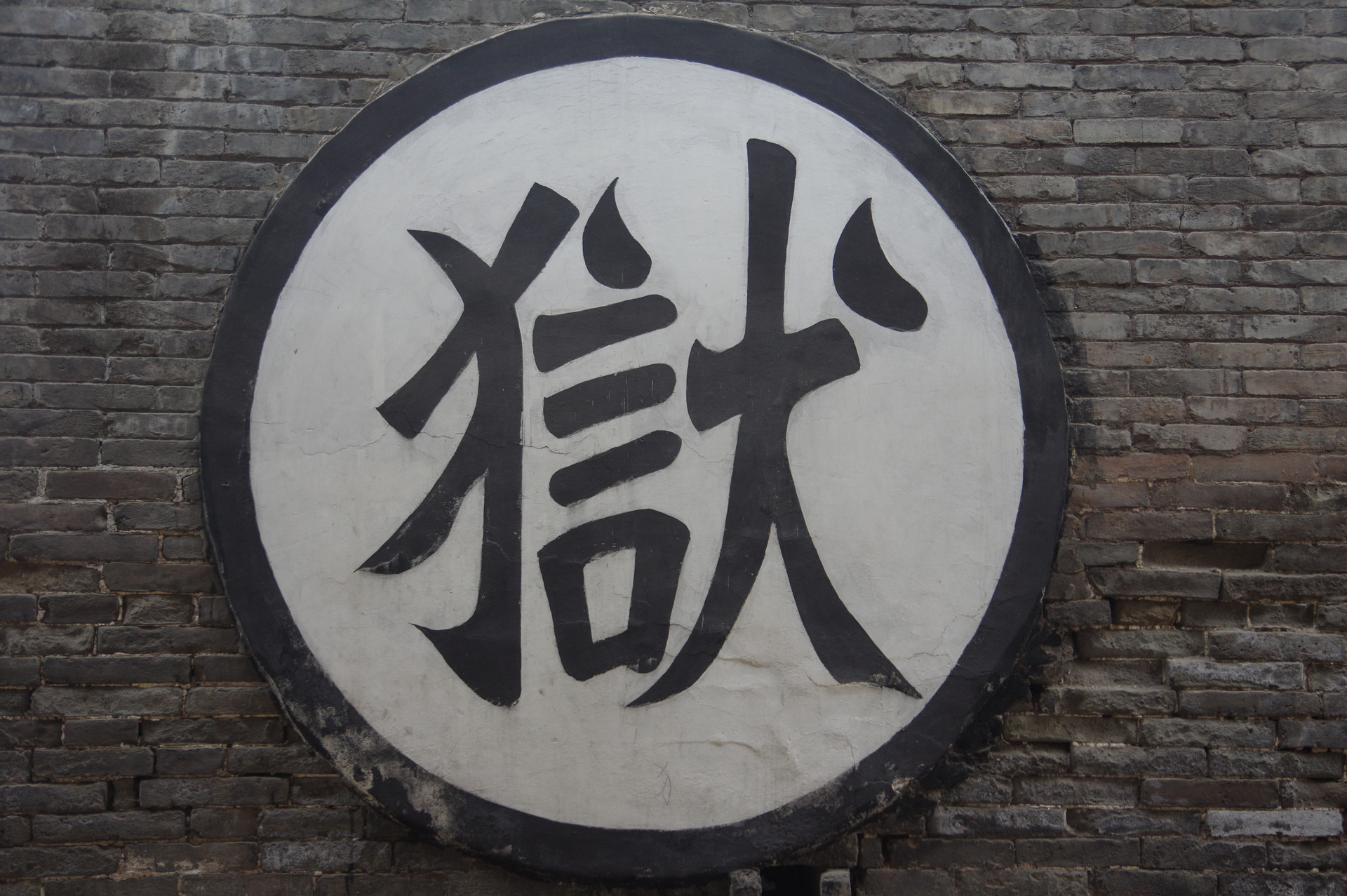Talking about the Prisoner's Dilemma in the Bitcoin System
The prisoner's dilemma that exists in the Bitcoin system from beginning to end has led to more and more miners and mining machine manufacturers. The blockchain teacher Ni tells you what is going on here.
From the beginning to the end, there is a prisoner's dilemma in the Bitcoin system.
In fact, this is almost a problem with the digital currency of all POW mechanisms.

- South Korean government: pay close attention to encryption market trends, suggest investors to invest in virtual currency carefully
- Former US Congressman Ron Paul: The Bitcoin ban will not prevent the dollar from "self-destruction"
- Deloitte and three Irish banks test ETH-based data management
The prisoner's dilemma is a special game between two arrested prisoners.
Prisoner's dilemma means that the two suspects were caught by the police after committing crimes and were held in different houses for trial. The police knew that the two were guilty but lacked sufficient evidence. So the police told the two:
If both of them deny, each sentence is sentenced to one year;
If both of them are confessed, they will be sentenced to eight years;
If one of the two is confessed and the other repudiates, the confession is released, and the refusal is ten years.
Thus, each prisoner faces two choices: frankness or refusal.
When the two are interrogated separately, it is obviously impossible to know whether the other party chooses to confess or refute, and the best choice for them is frank.
Because if the accomplices deny it, they can confess without sin, and they will be sentenced to one year. Therefore, frankness is better than repudiation. If the confession is frank, he confessed to eight years and repudiated for ten years. Frankly is better than not confessing.
As a result, both suspects chose to be frank and sentenced to eight years.

For the "team" composed of two criminals, the best choice for the entire team is undoubtedly the two people are repudiated, each year. But the actual situation is exactly the opposite.
The problem reflected by the prisoner's dilemma is that everyone's optimal choice for the team is not necessarily the best choice for the entire team. Personal rational choice sometimes leads to irrational choice of the team.
This is the prisoner's dilemma. Then why do I say that there will be such a prisoner's dilemma in the Bitcoin system?
According to Bitcoin's algorithm settings, the Bitcoin system automatically adjusts the difficulty so that the block speed is stable at around 10 minutes. In other words, no matter how many bitcoin nodes there are, how high the total network computing power is, and the bitcoin block time is 10 minutes.
The new block of bitcoin rewards is issued to the nodes that successfully book. Due to the birth of the mining pool model, in order to be fair, the mining pool will integrate all the mining machines that are connected to the mining pool for competitive accounting, in order to improve the success rate, and the bitcoin rewards after successful accounting will be in accordance with the access to the mining pool. The mining machine is calculated as a percentage of the power.

For example, suppose that the total power of a mining machine that is currently connected to a mining pool is 100. The power of one mining machine is 1, and the current mining reward is 100 bitcoin, then this mining machine with a computing power of 1 You can get 1 bitcoin.
At present, almost all miners use this type of mining method to access the mining pool for mining, and then distribute the revenue according to the calculation power.
Thus, the higher the power of the miners to access the mine, the more rewards they can get. Therefore, the mining machine market is getting bigger and bigger, and more and more companies producing mining machines are also available. But in the middle of it, there was a prisoner's dilemma.
First of all, in order to obtain more mining rewards, the miners choose to maximize their computing power within their own tolerance, that is, to purchase new mining machines. This is the personal role of the “miners” in the “miners team”. select. In order to meet the needs of customers, mining machine manufacturers will continue to increase investment in technology research and development, and produce a new generation of mining machines with high computing power and low energy consumption.

Overall, the overall “miner team” is getting more and more high, but the bitcoin’s block rate is still maintained at 10 minutes, which means that there is no change in the overall bitcoin reward (the actual situation is In about four years, the bitcoin will be halved once.
If you use a formula to represent the new currency rewards that each miner receives at the birth of each new block:
Newborn coin rewards obtained by miners = (this miner's calculation power ÷ full network computing power) × block reward
Suppose now that everyone in the whole network miners has half their own mines, which can be expressed as:
The new currency reward obtained by the miner = [(this miner's calculation power ÷ 2) ÷ (the whole network computing power ÷ 2)] × block reward
It can be found that even if the power of each miner is halved, the rewards for the new coins they receive will not change, because their ratio of computing power to the total network has not changed.
That is to say, the collective best choice of the “miners team” should be the input of proportionally reducing the cost of the mining machine, so that the cost of obtaining the coins will be greatly reduced, and the amount of coins won will remain unchanged.
But we know that this is impossible. If the whole network miner promises to halve his calculation power, if there is a "traitor" who spends a lot of money to increase the computing power, then the original dividend ratio will be completely broken, even the "traitor" can still The original less cost would be able to launch a 51% attack on the Bitcoin system.
This is obviously a situation that no one wants to see. Therefore, the miners still choose to continuously increase their investment in mining machines.

This is what I call the prisoner's dilemma in the bitcoin system. Miners are “forced” to choose their own personal best choice, and this choice is precisely the worst choice for the “miners team”.
We still don't know that Bitcoin's founder, Nakamoto Satoshi, has set up such a prisoner's dilemma to let the miners jump in, or inadvertently created the world's biggest prisoner's dilemma. But there is no doubt that in the long run, the prisoner's dilemma in the Bitcoin system is constantly making the bitcoin's entire network more and more powerful, and the system security is also getting stronger and stronger because of the increase in the overall network computing power. Judging from the effect achieved by the prisoner's dilemma, this should be the phenomenon that Ben Cong, the founder of Bitcoin, is willing to see.
The influence of the prisoner's dilemma in the Bitcoin system is also based on the use of Pavlov's law to create a psychological suggestion for the miners.
No matter how many miners can be aware of the prisoner's dilemma in the Bitcoin system, they will also choose to constantly increase their computing power to get more bitcoin rewards, and there will be no mining unions to initiate a reduction in the overall network computing power. Activities, because as long as one person does not do this, it will be an uneconomical business for everyone else.
Over time, the miners will form a conditioned reflex: only increase the amount of computing power to get more bitcoin rewards. And no one will ever study how to solve this prisoner's dilemma, because there is no way to solve it.
Ok, today's blockchain methodology is here. Friends who like my article can pay attention to my article launch platform. Recently I am holding a blockchain reading club event . If you want to study with me, please leave a message below.
Author: block chain Ni Laoshi
Source: Blockchain Ni Teacher (WeChat public number)
We will continue to update Blocking; if you have any questions or suggestions, please contact us!
Was this article helpful?
93 out of 132 found this helpful
Related articles
- CCB Information Director: Applying the best technology in the field of blockchain to construction banking
- Cosmos exposes a high-risk vulnerability and will perform a hard fork upgrade at block height 482100
- Forbes: Billionaires love BTC want to buy 4.5 million BTCs through encryption brokers
- Why are most of the speculators destined to lose money?
- Forbes: Billionaires love Bitcoin, want to buy 4.5 million BTCs through encryption brokers
- Encrypted investor customers interested in acquiring 25% of total Bitcoin supply
- The cryptocurrency market is waiting for "Godo"





